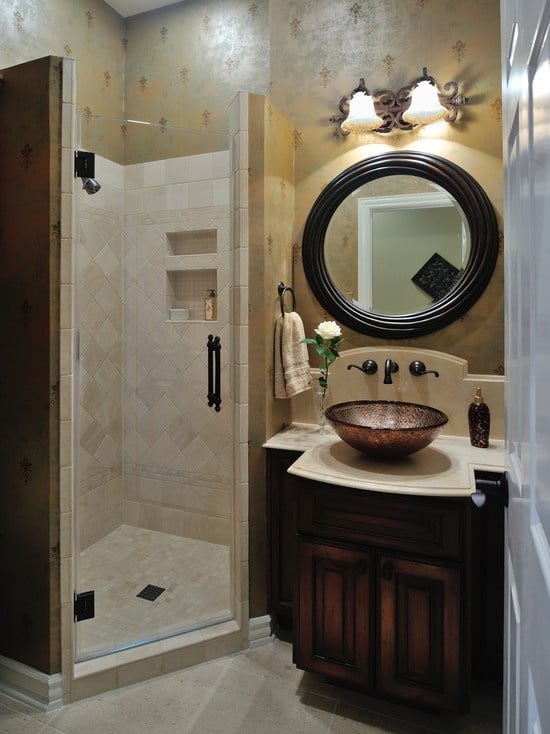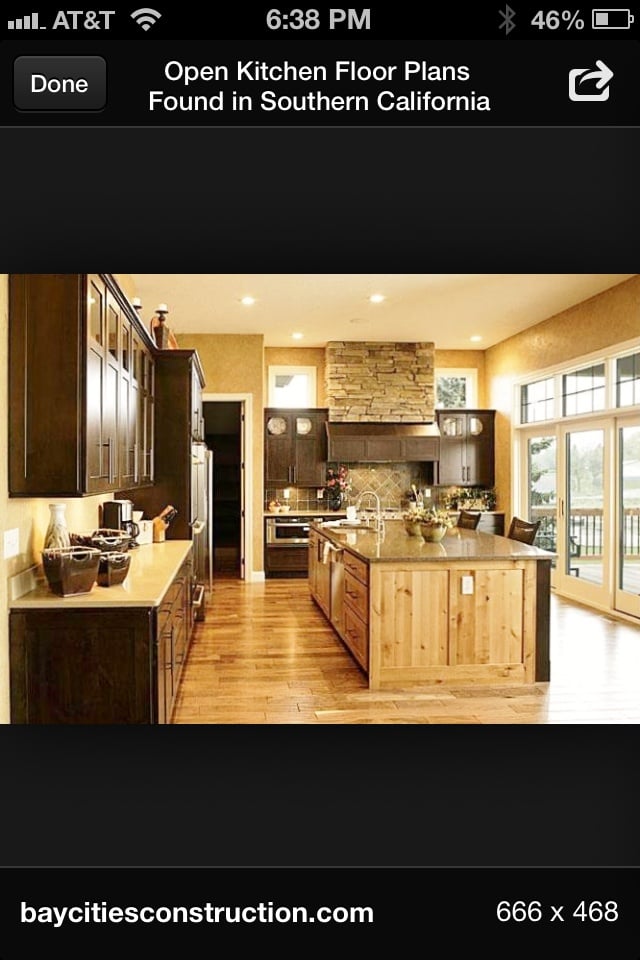Insulating your home is like insulating your body on a cold winter day. Before you step outside, you decide which coat to wear based on the following criteria:
- The outdoor temperature
- The current weather conditions
- The thickness of the coat
- The clothing you already have on
If you live in a temperate climate, you probably don’t even have a long trench coat because you don’t need it. If you live farther north, closer to the US/Canadian border, you are more likely to have thicker, heavier coats to keep the chilling winter winds and snow off your skin.
A good coat keeps your body heat in and the cold weather out. Residential insulation serves the same function for your home, keeping the heat you pay for in and the cold weather out. When checking the insulation in your home, consider the same criteria you do when choosing which coat to wear:
- The outdoor temperature (How much contrast exists between indoor and outdoor temperatures?)
- The current weather conditions (What is the average climate where you live?)
- The thickness of the coat (How much insulation should you add to be comfortable?)
- The clothing you already have on (How much insulation do you already have?)
If you are reading this post, chances are you already feel as though you need a foam insulation and that you are keenly aware of the climate in which you live. You probably want to know more about the specifics of insulating your home on your own.
What should you do before you install additional insulation?
Before you install more insulation, make sure all other repairs are complete to save yourself some trouble down the road.
- Check the attic for signs of moisture. Damp wood and insulation indicates a roof leak.
- Make sure your attic is properly vented.
- Seal any gaps and leaks around corner joints, pipes, wiring, lights and ductwork.
Performing these tasks first will make your insulation that much more effective.
How much insulation is recommended for your home?
Building codes recommend a certain amount of insulation for homes, depending on what year they were built and where they are located geographically. These recommendations are called R-values. If you live in an older home, chances are that the original amount of insulation required has changed over the years. Once you have determined the R-value for your home, you will better know how much, if any, additional insulation you need.
In addition to the thickness of insulation in your attic and basement, you might want to find gaps in other parts of your home. One of the best ways to find leaks is during an energy audit. HVAC contractors and energy company personnel can perform energy audits for you using an infrared thermographic scanner. The scanner uses light to reveal where heat may be escaping your home and where you may need additional insulation in your walls.
What kind of insulation would be best for your situation?
Your R-value and energy audit findings help you determine the best type of insulation for your specific needs. If the amount of insulation you have meets the recommended R-value for your area, but the energy audit reveals leaks around joints and vents, you might prefer loose fill insulation. If you need additional thickness to meet R-values, you will be more likely to use batts or rolls of insulation. Adding insulation to your walls can be tricky. Many people choose to use loose fill or foam insulation so that the extra insulation can be blown in using equipment designed for the task, people also like to do acoustic panelling in there homes .
Regardless of the type of insulation you choose, wear protective clothing to prevent skin irritation. When blowing insulation, use a protective mask to keep particles out of your lungs.
When it’s done properly, adding insulation to your home saves energy costs and keeps your family warm and cozy during bitter winter months.
Tiffany Marshall is a freelance writer from Texas, where insulation is important to keep the cold air inside and the hot air outside. While enjoying her well-insulated apartment she writes about Austin air conditioning repair, chiropractic care and interior design.






